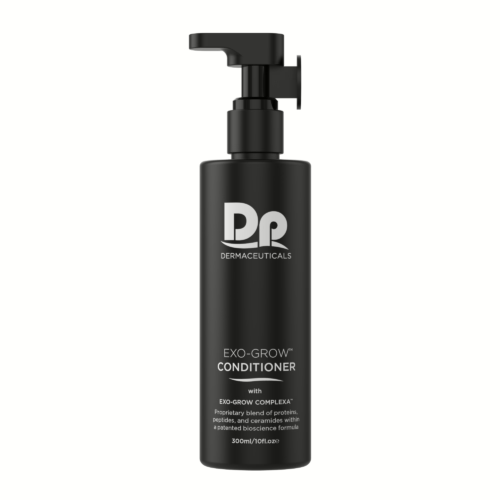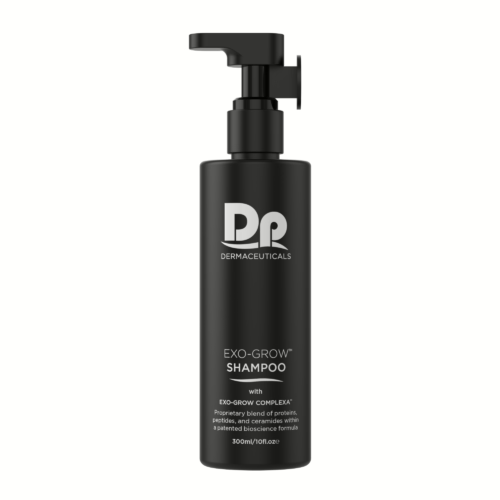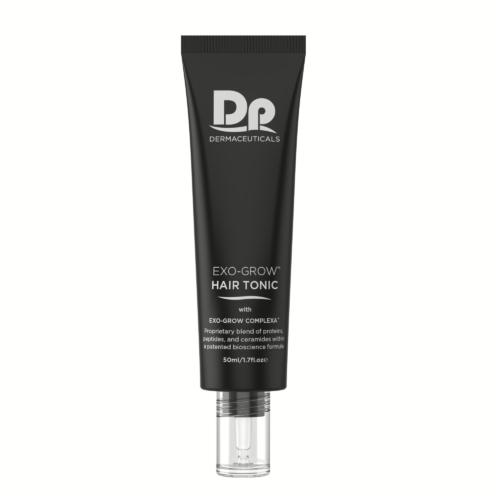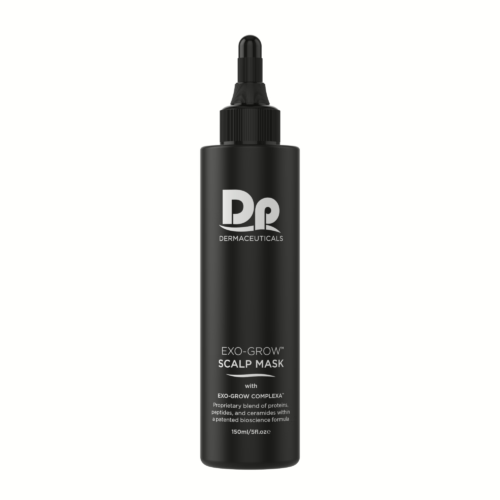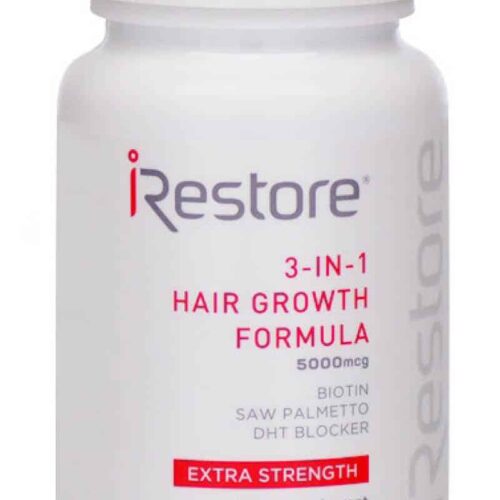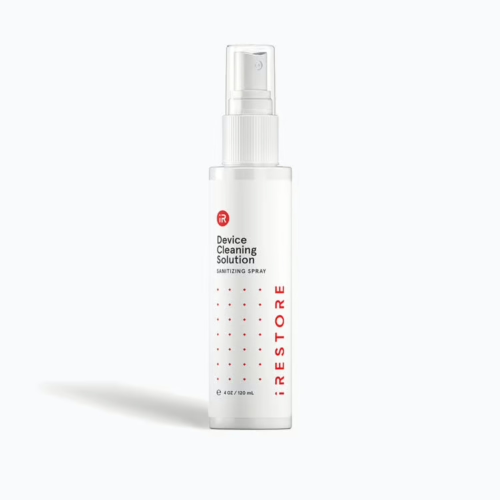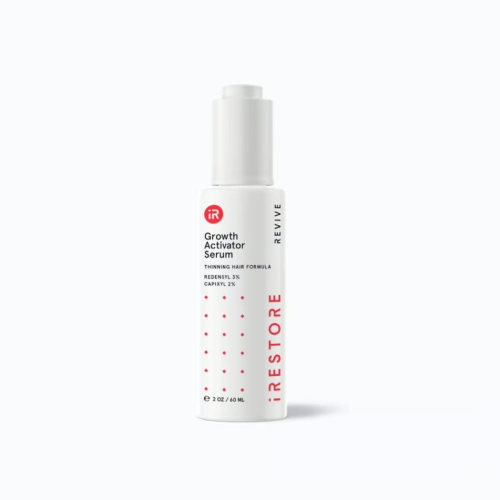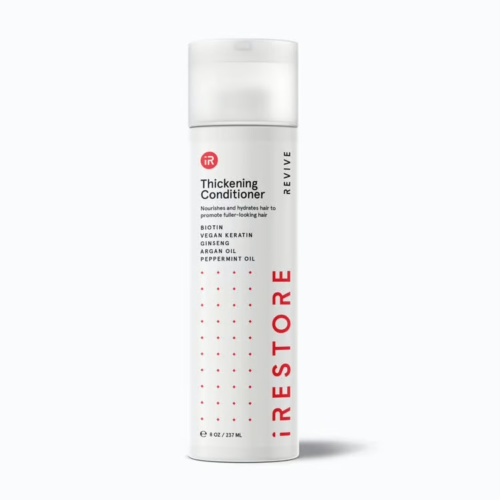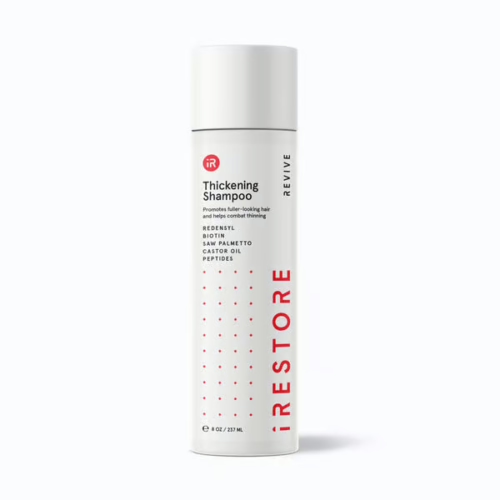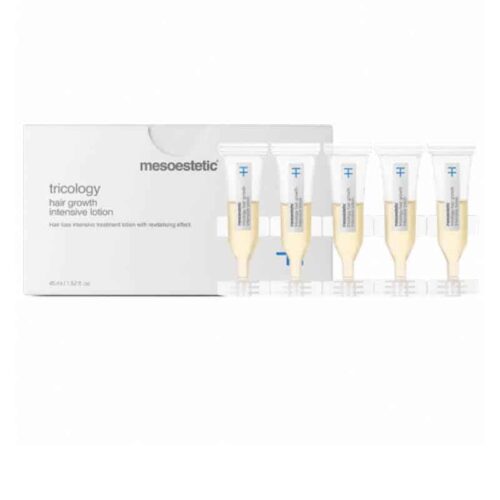Understanding Hair Loss: Causes, Effects, and Treatment Options
Hair loss is a common issue affecting millions worldwide, impacting self-esteem and confidence. It affects 67% of males and 24% of females. Understanding the causes and the available treatment options can help manage and potentially reverse hair loss.
This blog will discuss why people lose hair and ways to treat it. Some treatments include finasteride, red light therapy, PRP plasma, stem cell therapy, and hair products.
Causes of Hair Loss In Men
Genetic
Inherited hair loss, known as androgenetic alopecia, is by far the most common cause of hair loss in men. Often, a family member, such as a brother or father, started losing hair at around the same age you may notice hair loss.
Stress
Another common cause of hair loss is stress. This often starts a few weeks or months after a stressful event and can cause additional stress. The good news is that this type of hair loss usually improves.
Nutrients
A lack of essential nutrients, such as iron and zinc, can also result in hair thinning and loss. It may be worth getting a blood test to ensure you are not deficient in any of these.
Medical Conditions
Medical problems such as autoimmune disorders, cancer treatment or medications can cause hair loss in men.
Causes of Hair Loss in Women
Many women experience hair loss at some point in their lives, even though many people think it is a mainly male issue. Most women notice hair thinning or hair loss during menopause.
Menopause
During menopause, the levels of estrogen and progesterone decline, which can lead to hair thinning and hair loss. This is a natural process but can still be quite upsetting and impact on a woman’s confidence.
Stress
Both physical and emotional stress can significantly impact hair health. Stress can push hair follicles into a resting phase, leading to increased shedding and noticeable hair loss. Like in men, the outcome of this type of hair loss is usually excellent.
Medical Conditions
Some medical conditions can cause hair loss in women, including:
Thyroid Disorders: Any problem with the thyroid gland can affect hair health.
PCOS is a hormonal disorder that can cause hair loss on the head and increase hair growth on the face and body.
Alopecia Areata: An autoimmune condition where the immune system attacks hair follicles, leading to patchy hair loss.
| Hair Loss in Men | Hair Loss in Women | |
|---|---|---|
| Prescription Drugs | Finasteride as a tablet
Finasteride Cream |
Oral contraceptives
Spironolactone |
| Lotions or Creams | Minoxidil
Plant-based extracts |
Minoxidil
Plant-Based Extracts |
| Devices | Low-level Red Light Laser | Low-Level Red Light Laser |
| Injectables | PRP Plasma | PRP Plasma |
Treatment Options For Men Only
There are several treatment options available to manage and treat hair loss. Here are some of the most effective and popular ones:
Topical Finasteride
Topical finasteride is a medication applied directly to the scalp to treat hair loss. It stops testosterone from turning into DHT, a hormone that makes hair follicles smaller and causes hair loss. Compared to oral finasteride, topical application reduces the risk of systemic side effects. A few studies showed that topical finasteride is likely as effective as the tablet, with fewer side effects.
Finasteride Tablets
Oral finasteride is a prescription medication that also inhibits the conversion of testosterone to DHT. Men commonly use it to treat male pattern baldness. It is not FDA-approved for hair loss but is widely prescribed by doctors for prostate problems.
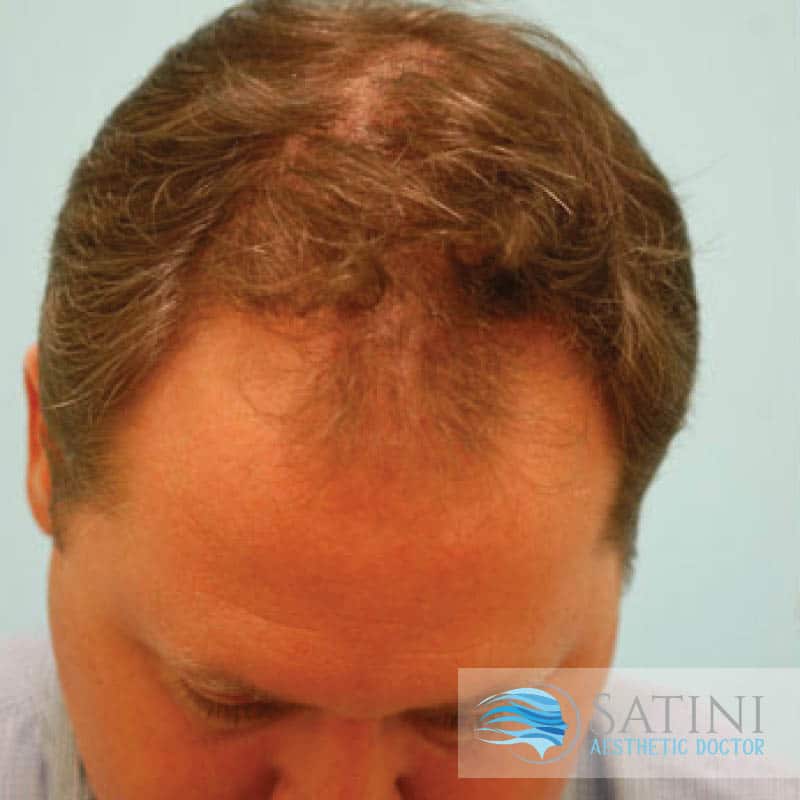
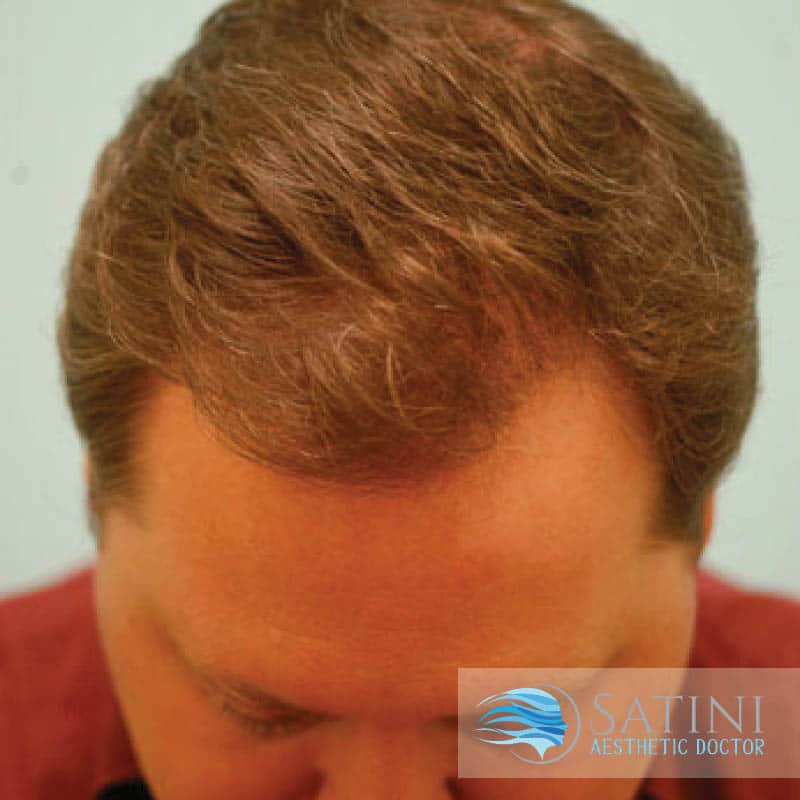
Treatment For Women Only
Oral Contraceptive
Birth control pills, also known as oral contraceptives, can help treat hair loss in women caused by hormonal imbalances. The pill needs to contain cyproterone. This substance reduces male hormone levels in women, leading to more hair growth, thicker hair, and better hair quality.
Well-known brands of birth control pills containing cyproterone are the Ginet, Estelle, and Diane 35 brands. Europe and Canada officially approved cyproterone to treat female hair loss.
Spironolactone
Spironolactone is a prescription medicine. Doctors used to prescribe it for treating high blood pressure. However, this medication also reduces testosterone levels by blocking male hormone receptors in the skin and hair.
You must avoid pregnancy while taking spironolactone because it can feminize the male fetus. You also need a few blood tests at the beginning of the treatment to check your potassium levels.
Treatments For Both Genders
Minoxidil 2%
Studies show that the FDA-approved Minoxidil 2% lotion effectively treats female and male hair loss. Many products from different brands contain Minoxidil and are available over the counter in supermarkets or chemists.
In a five-year study, 2% minoxidil exhibited peak hair growth in males at year one, with a decline in subsequent years. The 5% solution and foam were not significantly different in efficacy from the 2% solution.
Red Light Therapy
Red light therapy, or low-level laser therapy (LLLT), involves exposing the scalp to red light wavelengths. This treatment stimulates hair follicles, increases circulation, and promotes hair growth.
PRP (Platelet-Rich Plasma) Therapy
PRP therapy involves taking a small amount of blood. The doctor then places the blood into a centrifuge.
This process separates the plasma and the red blood cells. The plasma contains high levels of platelets, which are blood cells that produce growth factors.
The doctor gently injects the platelet-rich plasma into the scalp. The growth factors in PRP can stimulate hair growth and improve hair density.
Stem Cell Therapy
Stem cell therapy for hair loss involves using stem cells to promote hair growth. Stem cells are the youngest cells in our bodies. When injected into tissue or organ, stem cells adapt and produce growth factors in their new environment. So, the stem cells injected close to the hair follicles can boost the follicles and
This can involve taking stem cells from the patient’s body, which is costly and complicated. Another option is to use stem cells derived from human fat tissue.
Hair Transplant
Hair transplantation is a surgery that helps people with specific types of hair loss to regrow their hair. This procedure assists them in attaining a more natural and voluminous hair appearance.
Two primary methods for harvesting donor hair exist hair follicular unit strip surgery (FUSS) and follicular unit extraction (FUE). Follicular unit extraction is better for younger men and those who like short hair because it doesn’t leave a scar.
Male hormones do not affect occipital hair. The transplanted hair will maintain the same characteristics as the donor hair, which means it will remain thick as it grows.
Shampoos and Conditioners
Good hair products from a trusted brand can improve hair thickness, quality, and growth. Choosing products that are scientifically designed is essential.
-
-
- 30
- 60
- Clear
-
-

iRestore Elite Laser Helmet
$2,999.00 -
Special
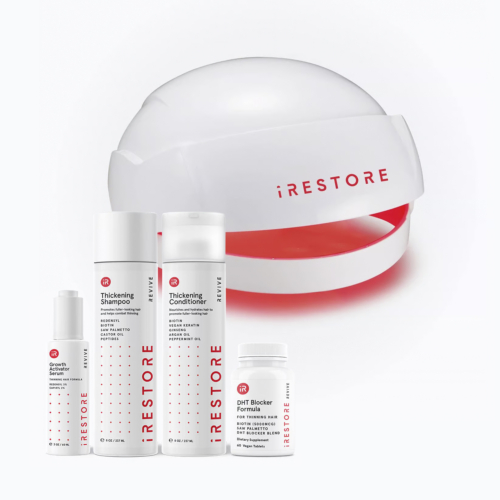
iRestore Essential Laser Hair Growth Kit
$1,261.00Original price was: $1,261.00.$1,035.00Current price is: $1,035.00. -
Special

iRestore Product Pack
$194.00Original price was: $194.00.$172.00Current price is: $172.00. -
Special

iRestore Professional Hair Growth Kit
$1,890.00Original price was: $1,890.00.$1,680.00Current price is: $1,680.00. -
Special
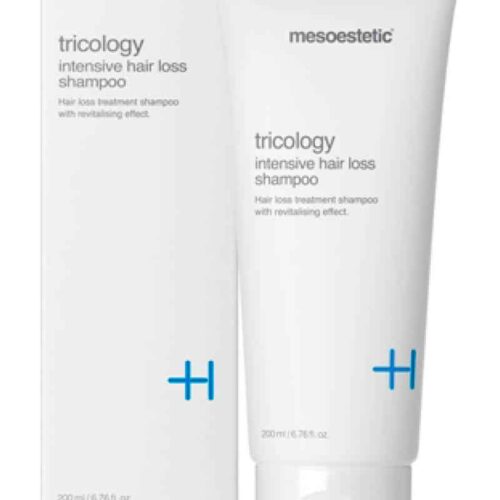
mesoestetic Tricology Intensive Hair Loss Shampoo
$100.00Original price was: $100.00.$94.00Current price is: $94.00.
Supplements
Saw Palmetto
This plant-based ingredient is probably the best-known plant extract for improving hair thickness and growth.
The plant Serenoa repens produces saw palmetto. It lowers the hormone DHT, and many studies have shown that saw palmetto can help improve hair density and thickness.
Book Your Appointment
Hair loss can be challenging, but multiple treatment options are available to address it. If you are experiencing hair loss, contact Satini Cosmetic Clinic for all nom-surgical options. With the right approach, you can manage hair loss effectively and regain confidence in your appearance.



